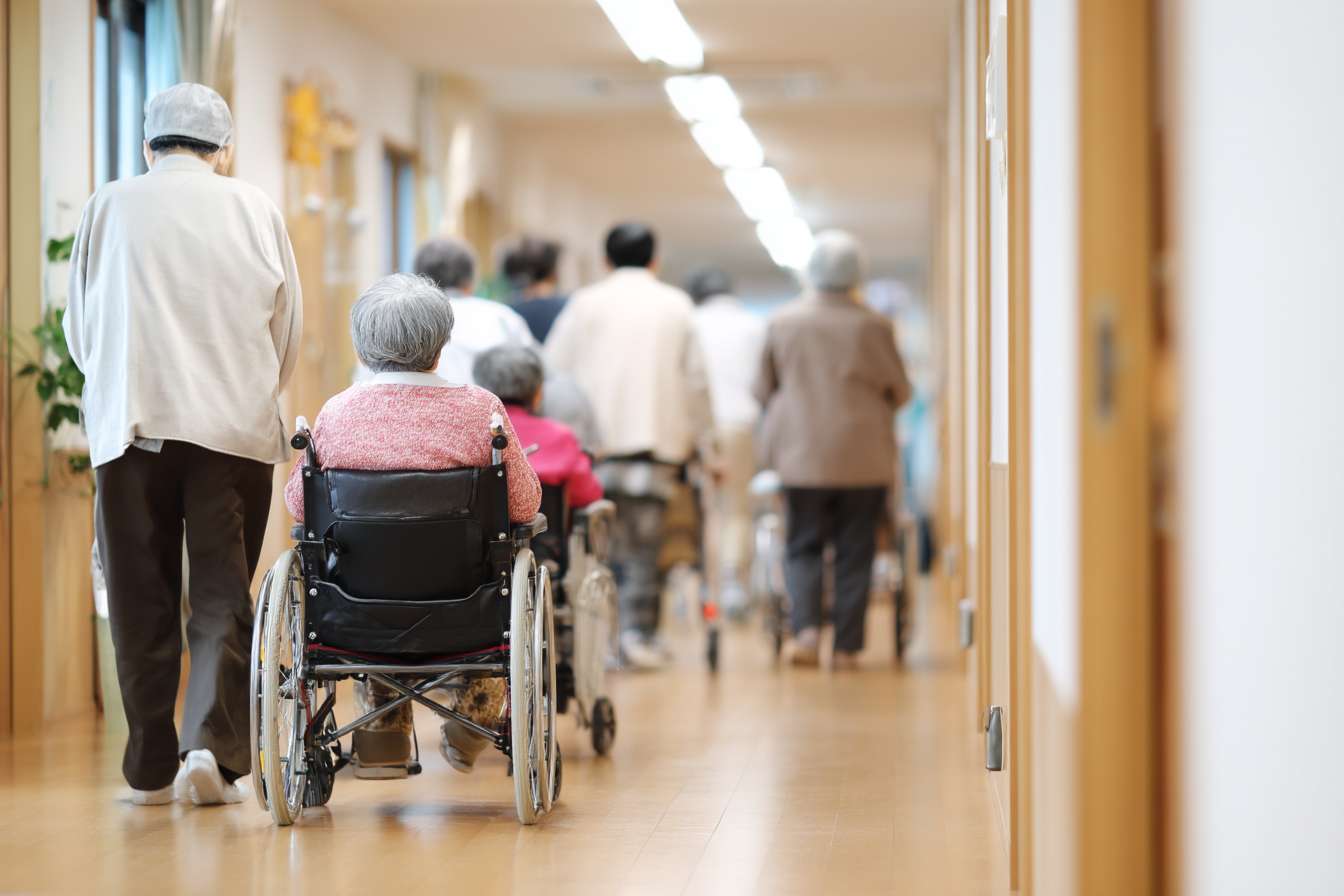How Communities Adapt: Social Change and Solidarity
Communities are living systems that change as people, economies, and technologies evolve. When societies face shocks—economic shifts, migration, public health challenges, or environmental stress—community resilience determines how well people cope, adapt, and rebuild. This article looks at the social forces that shape resilient communities, the practical role of local services and civic engagement, and policy approaches that support long-term solidarity and inclusion.

Why social cohesion matters
Social cohesion—trust, shared norms, and mutual aid—reduces friction during change and speeds recovery after a disruption. Communities with strong networks exchange information faster, mobilize volunteers, and coordinate resources without waiting for formal institutions. That translates into better outcomes during crises and more effective everyday problem-solving. Cohesion also supports mental wellbeing by lowering isolation and fostering a sense of belonging. Building cohesion requires inclusive local leadership, common spaces for interaction, and mechanisms to resolve conflicts peacefully.
How local services support resilience
Local services such as community centers, schools, libraries, and neighborhood health clinics act as anchors. They provide practical assistance and create routine points of contact that strengthen relationships. Effective local services are accessible, culturally responsive, and connected to broader systems that can scale support when needed. Partnerships between municipal authorities and grassroots groups allow faster, more targeted responses. Investing in local infrastructure and workforce development enhances a community’s day-to-day functioning and its capacity to absorb shocks.
The role of civic participation
Civic participation—voting, volunteering, joining associations—translates individual voices into collective action. Active civic life helps set local priorities, hold institutions accountable, and ensure resources are allocated equitably. When residents have pathways to participate, policy solutions reflect lived realities and people are more likely to support and sustain them. Encouraging diverse participation means lowering barriers, offering multilingual information, and creating accessible meeting formats so that all segments of the population can engage meaningfully.
Economic inclusion and inequality
Economic stability is foundational to social resilience. Persistent inequality weakens solidarity and concentrates vulnerability in specific groups or neighborhoods. Policies and programs that expand job opportunities, equitable education, affordable housing, and accessible childcare reduce the pressure on families and communities during disruption. Small business support, microfinance, and workforce retraining can revitalize local economies and prevent long-term decline. Economic inclusion fosters interdependence across social groups, which in turn strengthens the social fabric.
Technology, information, and community ties
Digital tools reshape how people connect and access services. Well-designed technology can improve service delivery, enable rapid information sharing, and support remote participation in civic life. However, digital divides risk leaving marginalized groups behind. Strengthening digital literacy, ensuring affordable connectivity, and integrating online tools with in-person outreach makes technology an extension of, rather than a replacement for, community relationships. Accurate local information channels also help combat misinformation and guide residents to proven resources.
Policies that strengthen societies
Policy choices at local and national levels influence community outcomes. Effective policy mixes include investments in preventive services, social safety nets, inclusive education, and equitable infrastructure. Cross-sector coordination—linking health, housing, education, and economic development—yields better results than siloed programs. Policies that support community-led planning and give neighborhoods decision-making power often produce solutions that are more sustainable and culturally appropriate. Monitoring and evaluation are important to adapt interventions based on evidence and changing needs.
Conclusion
Resilient societies combine strong social bonds, responsive local services, inclusive economic opportunities, participatory civic life, and smart use of technology. Building that resilience is a long-term effort that depends on both grassroots initiative and supportive policy frameworks. Communities that invest in relationships and infrastructure are better positioned to face change with solidarity and adaptability.






